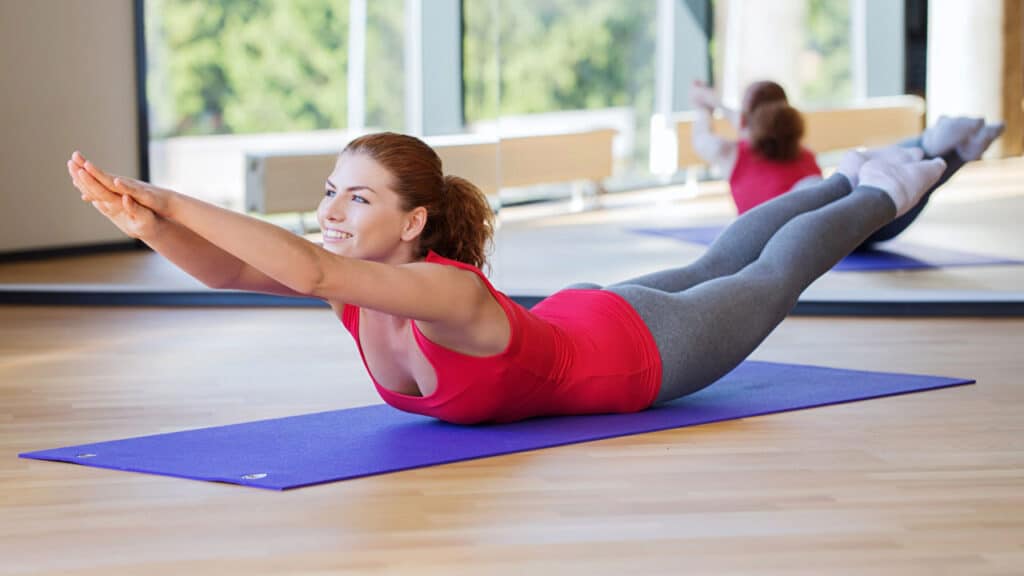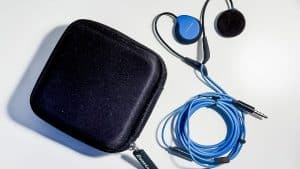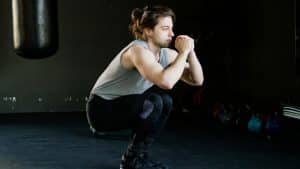Flexibility and range of motion aren’t exactly the same thing, but they’re pretty closely related. It’s helpful to know the difference and how they affect each other.
Range of motion is the distance and direction your joints can move naturally and without pain. Flexibility involves other parts of the body: tendons, ligaments and muscles, and their ability to lengthen through the full range of motion. Flexibility exercises are how your range of motion can be maintained and even improved.
There are devices that can measure your range of motion. A goniometer is shaped a little like a protractor, but with a moving arm that can assess either the size of an angle or allow an object to be rotated to a certain angle. It has many uses in things like surveying, but it is also a tool used by physical and occupational therapists, sports trainers and those who evaluate disability if you are trying to claim support. It can show the range of motion in a joint or limb and can be used to evaluate progress.
Another useful device is the inclinometer. Traditionally, it measures the angle or tilt of a slope, gradient or similar. It has been overtaking the goniometer in assessing range of motion because of its ease of use and increased accuracy, although it can be more expensive. You place the inclinometer on the relevant body part and it will assess you as you move. Many are electronic, with a digital display. The accuracy of goniometers or inclinometers can be checked against x-ray results.
Body parts that may need to have their range of motion assessed could include elbows, knees, hips, spine, shoulders, ankles and wrists. You can check extension (stretching out), flexion (bending in), pronation (rotation when your hands or feet are facing down) and supination (rotation when they’re facing up). Then there’s abduction and adduction (moving away from or towards the center of the body). There are lots of ways to discuss different forms of motion in the body.
Flexibility exercises (most obviously through regular stretching) can make your muscles both stronger and looser, in addition to making your circulation better. Your balance will improve while your risk of injury is reduced. Understanding how flexibility and range of motion work means you will be better able to practice these flexibility exercises to the great benefit of your overall health.




